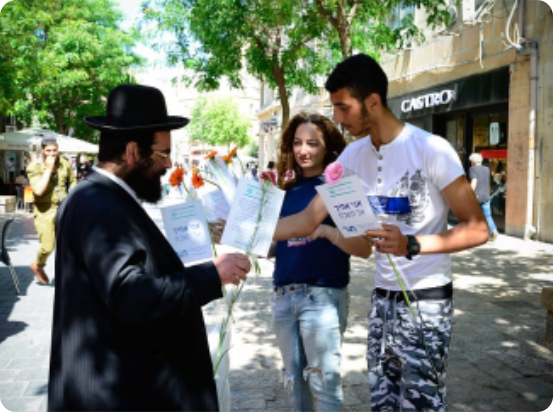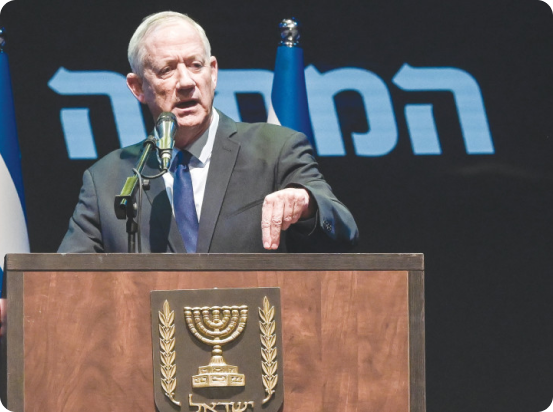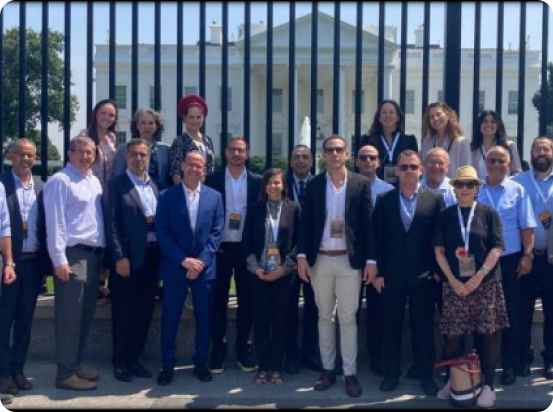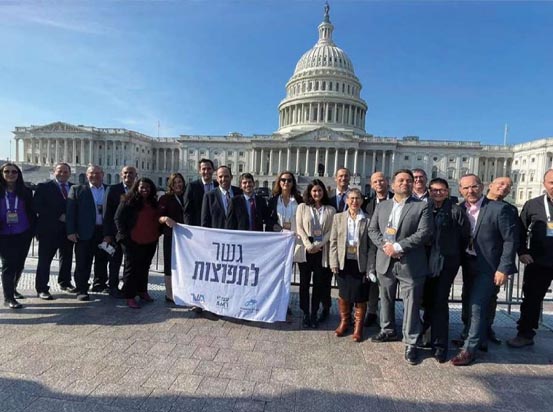Stories, ideas, and insights from Gesher.

Even in the most challenging times, our resiliency shines when we work together.
More about
Truly listening means that you are feeling the pain of the other side.
More about
The people want agreement. The people want a solution.. We're working on it.
More about
Gesher is forging genuine connections in Israel and around the world
More about
Gesher is all about bringing together the Jewish people in Israel and across the world.
More about